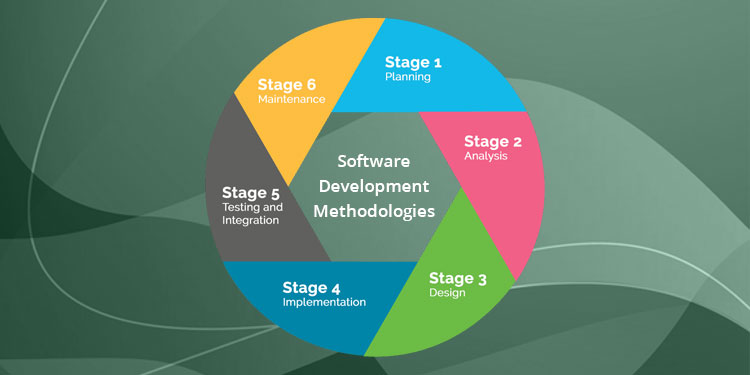Website creation software: 5 criteria to compare
4 min read
To effectively compare the different ecommerce software on the market, you need to know the main comparison criteria. According to, there are 16 main ones.
1. Design
Design is the appearance of your site, it is what defines the visual identity of your brand. It is therefore an essential element to take into account. In terms of quantity, PrestaShop is unbeatable with its 2000 templates available. And again, there are surely more than that since anyone can create new PrestaShop themes and offer them on the market. This is the principle of open source. But quantity does not necessarily mean quality. If you choose PrestaShop, a tip for choosing your theme: read user reviews and preferably choose a reputable theme.
Wix offers a library of over 700 themes, which is huge for a proprietary cloud-based CMS – especially since around 80 – 100 new themes are offered each year. Beside, BigCommerce (150 designs) and Oxatis (110 designs) are rather pale.
Shopify themes: in number, quality, but mostly paid.
In terms of quality, special mention for Wix and Shopify, which both offer very neat and very elegant themes. The themes of these two ecommerce software are all responsive design, that is to say they adapt to all screen sizes. When we know that most internet connections are made on mobile, this is far from being a detail. Some software offers premium templates, generally at a better cost than free ones (but not always): this is the case of Shopify and BigCommerce for example. It is even possible, with Oxatis, and if you have the budget, to order tailor-made designs according to specifications defined by you.
2. Getting started
All the CMS that we have selected are characterized by their ease of use and the intuitive nature of their interface. This is software designed specifically for people who have no specific computer skills and who do not know how to code. They are in fact very quick to learn. Still, some are more intuitive than others. It is undeniably Wix that wins the prize in this category. Ease of use is at the heart of its value proposition. Anyone can create a website with Wix. In contrast, Magento Vs PrestaShop, it is more complex to learn. Note also that BigCommerce does not offer a French version. If you are not comfortable with the language of Shakespeare it can have some impact,
Wix’s editing interface, probably one of the most intuitive.
3. Functional richness
4 of the 5 software we have selected are pure ecommerce software. They only allow one thing: to create ecommerce sites. Wix is a “generalist” software that allows you to create all types of websites, from the showcase site to the ecommerce site.
Regarding the wealth of e-commerce features, the 5 software are roughly the same. The difference lies above all in the functionalities outside e-commerce. In this case, Shopify is very strong when it comes to e-commerce features, but quite weak when it comes to “content-oriented” features (but it makes up for it with its very rich application store). Wix, because generalist software, is very strong on non-ecommerce functionalities. In particular, it offers a very qualitative blog module.
Ecommerce software, like here Oxatis, compete to offer the greatest number of ecommerce features. But the real axis of differentiation between software is more at the level of non-ecommerce functionalities.
4. SEO
The SEO criterion is very important. The SEO-Friendly nature or not of an online store determines its ranking in search engines and therefore its visibility. It is not enough to have a beautiful online store, Internet users must be able to discover it through their searches on Google.
Based on the keywords you want to target, Wix offers you an SEO plan. Practical for beginners and be sure not to forget anything.
Most of the selected software allows you to configure pages for referencing, that is to say to define for each page the Title, Meta Description, keywords, Header tags to prioritize the content of your pages, etc. Shopify has the advantage of also allowing customization of URLs. BigCommerce is the least satisfactory solution from an SEO point of view. Wix offers a personal assistant that guides the user step by step through the various steps to follow to apply SEO best practices:
It should be noted, to qualify things, that the possibilities as compared to Shopify SEO settings will always by definition be more limited than if you use open source software (like Prestashop). But you should also know that it is not the SEO features that make SEO performance … but the work: the regular creation of content (via a blog for example), the establishment of a relevant tree structure and a good internal linking, backlinks, etc.
5. Help and support
The quality of help and support is important, especially for those who are not computer pros (which is often the case with paid CMS users). PrestaShop support is provided by internal team members and partner developers. It is paid, and relatively expensive … Fortunately, there are very comprehensive help and tutorials, as well as a responsive community to which you can ask your questions.
PrestaShop offers several paid support services. All the other software in the comparison offers support by email and phone. BigCommerce, PrestaShop and Shopify also offer a chat to chat in real time with advisers in case of problems or to get help. However, be careful: BigCommerce and Shopify support are in English.
The 5 e-commerce software compared in this article also offer important resources in terms of tutorials. Wix makes video tutorials available to its customers. Finally, some software, like Shopify, Big Commerce, and Wix host a help forum.





